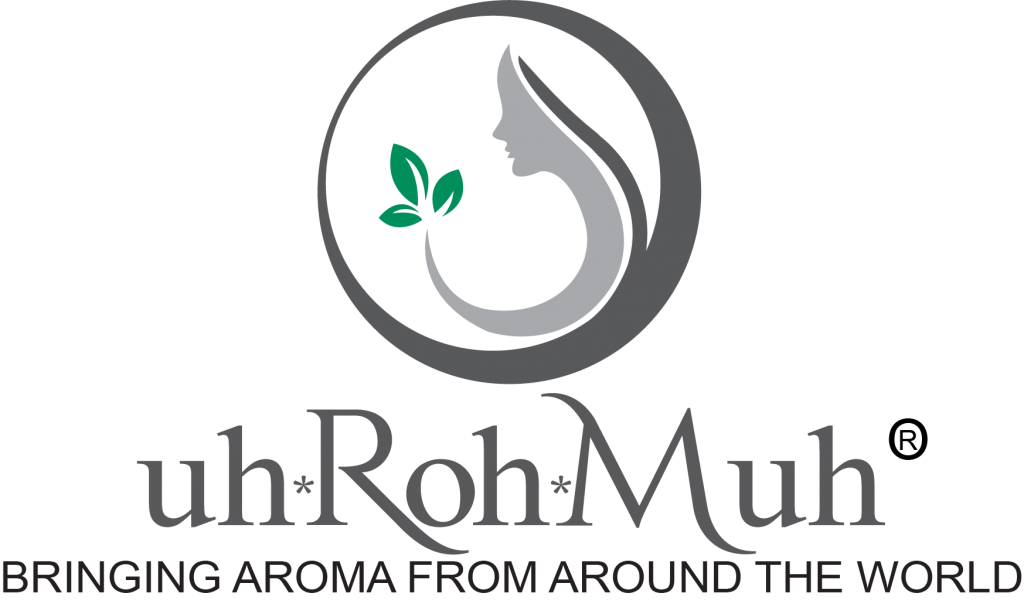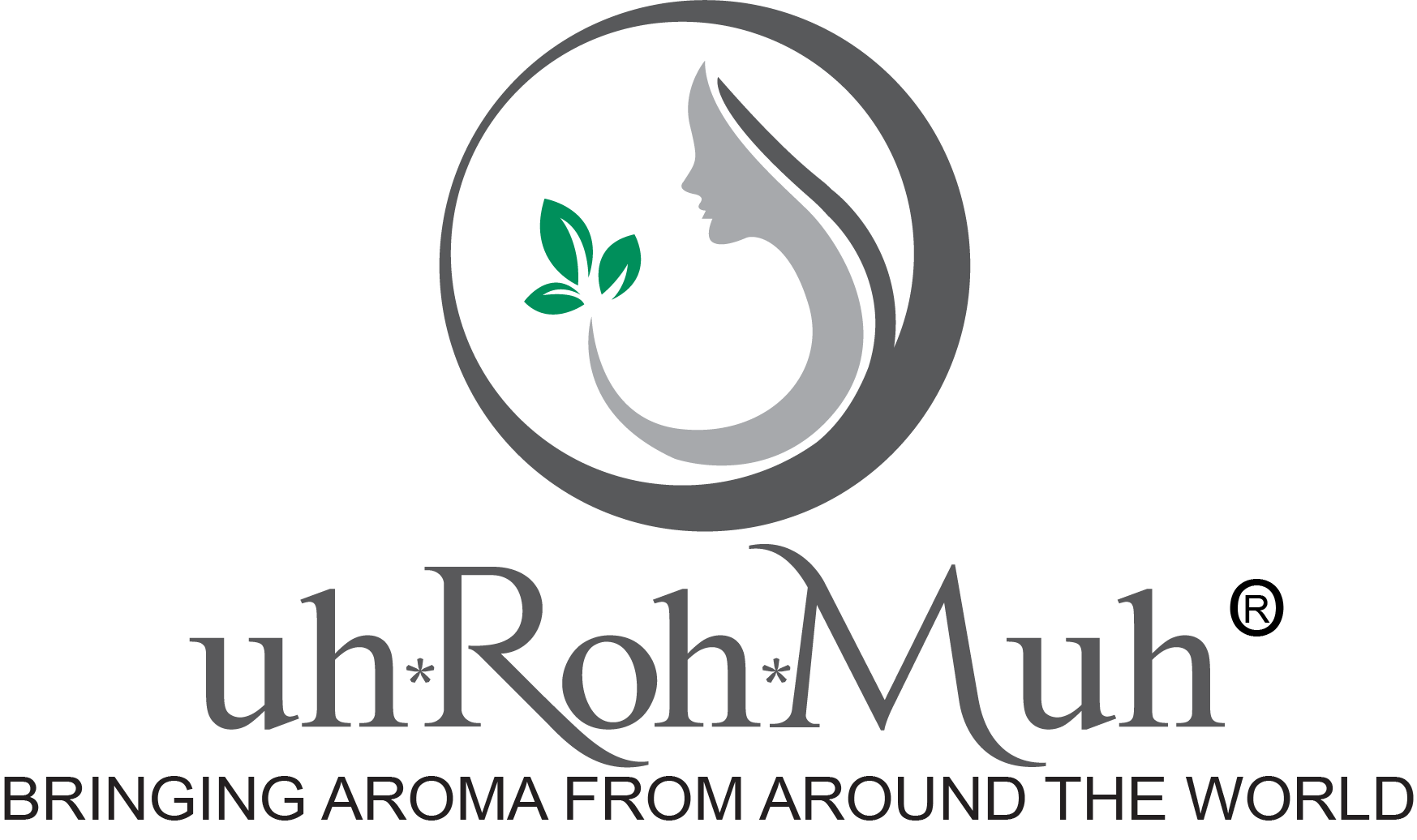Essential Oils: How to use them to best effect
Essential oils are as versatile as they are diverse. Each oil has its own specific properties, but the directions for their use are largely the same. Be sure to read and understand completely any contraindications or cautions regarding the use or application of any individual oil.
Bear in mind that plant essences are powerful medicines, and should not be disregarded as watered-down versions of modern pharmaceutical remedies. Some of them can provoke immediate and profound responses, both positive and negative. Safety should always be a concern when using essential oils. Dilution is always recommended before any topical application, and internal use should only be under the direction of a practitioner who is qualified in aromatherapy.
Essential oils are very versatile, and can be used in a number of ways:
Diffusing essential oils
Diffusing is popular, and a safe way to enjoy the many benefits of essential oils, as the oil does not come in contact with the skin at any time. Diffusing may be accomplished in one of several ways:
In a diffuser: add 2 or 3 drops to every 100ml of water to invigorate, calm, and cleanse the air in your home or office. There are several types of diffusers available: mist diffusers, fan diffusers, and tea light diffusers, the latter of which does not require any water. You can also purchase electric diffusers that plug into the wall. These usually have a pad inside to apply the oil to, and plugging the diffuser into a wall socket heats up the pad to release the aromas.
Room spray: use 5 to 6 drops per ounce of water, or up to a maximum of 12 drops per 100ml. Spritz into the air to freshen, or to set the mood.
Diffuser jewelry: diffuser necklaces, brooches or bracelets are a good way to carry your scent with you wherever you go. Diffuser jewelry most often consists of a locket, which contains a diffuser pad locked inside. Apply 2 to 3 drops to your diffuser pad and close into the locket. Usually there is no need to reapply for several days.
Topical use of essential oils
Dilution ratios vary greatly from oil to oil, as some are much more concentrated than others. Dilute your favorite essential oil into a carrier oil such as almond oil, grapeseed oil, soya oil, or fractionated coconut oil. Be very cautious about the type of carrier oil you are using, especially if you are allergic to nuts. These oils are fixed oils, are virtually scent-free, and do not evaporate quickly when exposed to the air.
To ease sore, aching muscles, joints or to calm spasms in the abdomen or stomach, dilute between 2 and 3 drops of essential oil per teaspoon of carrier oil for use on the body, and about half that if using on the face.
To relieve chest congestion and ease the symptoms of seasonal illness, apply directly to the chest area.
For headaches, apply to the temples and massage slowly.
Always test on a small, insensitive area of skin before applying liberally, and avoid the eyes and mucous membranes. Err on the side of caution when using ‘hot’ oils, such as cinnamon, oregano, clove, peppermint or wintergreen.
Essential oils in the bath
For a soothing, relaxing bath, add several drops of essential oil to a cup of Epsom salts and blend well. Add the salts to your running bath water and allow to dissolve. Immerse yourself in the warm bath to melt away stress and tension, and clear your mind of negative thoughts.
Alternately, add 2 or 3 drops of essential oil to a cap of shampoo, and disperse the mixture under the running water. This will ensure a good distribution of the oil, rather than it just becoming a film on the surface of the water.
Direct inhalation of essential oils
Direct inhalation of essential oils can be accomplished in one of several ways:
Place 2 or 3 drops of essential oil in the palm of your hands, and rub together briefly. Cover your nose and mouth with your cupped hands to relieve congestion, alleviate depression, and generally lift the mood.
If you prefer not to come in direct contact with the essential oils, you can also put 2 or 3 drops on a cotton ball, or a tissue before inhaling
Compresses or Poultices
A poultice is a time-honored way to coax impurities from the skin and body, such as would be the case when treating a boil or other skin infection. Soak a cloth in hot water, and apply a few drops of essential oil to the cloth. Fold the cloth over, and place it over the area to be treated, taking care not to allow the oil direct contact with the skin.
A compress can be prepared in a similar way, though it is generally applied to the forehead and eye area to relieve headaches and fever. A compress can be made with either hot or cold water, depending on the intended result. Prepare your compress using a thin piece of linen or cotton, and wring the cloth out well before placing it on the face, taking great care not to allow the liquid to run into the eyes.
Essential oils in your diet
Though it is not recommended to use essential oils internally, if you stick to the recommended dilution factors, they can provide you with an intense burst of flavor, and all the therapeutic value they have to offer. A couple of drops is generally all you need to spice up a marinade, a sauce, or a dressing. Essential oils, even when cooked, offer tremendous healthful value, stimulating the appetite as well as digestive enzymes.
To flavor tea leaves, blend 2 or 3 drops per 100 grams of your preferred tea leaves and mix well. For cold beverages, 1 to 2 drops per 100ml is often plenty.
Disclaimer
These statements have not been evaluated by the Food and Drug Administration. This product is not intended to diagnose, treat, cure or prevent any disease. If you are pregnant, nursing, taking medication, or have a medical condition, consult your physician before using this product.


